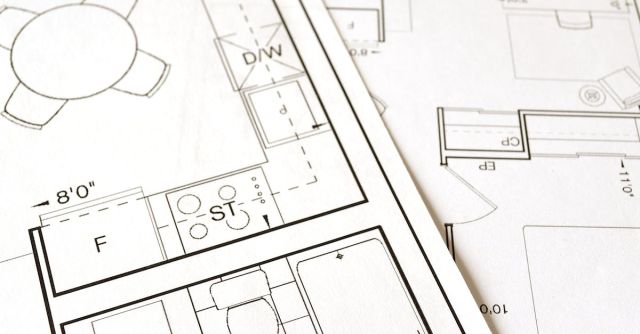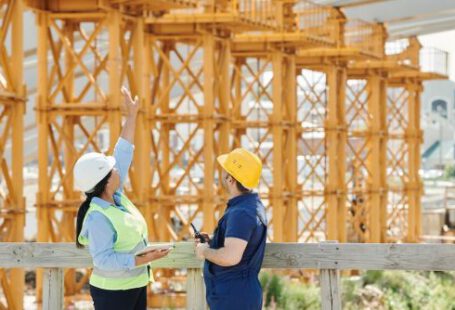Operating a hoist is a potentially hazardous job that requires a great deal of safety precautions to be taken. Hoists are used in many industries, from construction to manufacturing, and they can be used to lift and move heavy loads. As such, it is essential that all operators are properly trained and that the necessary safety measures are in place to prevent accidents. In this article, we will outline the key safety precautions that must be taken when operating a hoist.
Understanding the Risks
The first step in ensuring a safe hoist operation is to understand the risks involved. Hoists can cause serious injury or death if not used correctly. Injuries can be caused by a variety of factors, such as mechanical failure, improper use, or inadequate maintenance. It is important to understand the risks and take the necessary steps to reduce them.
Training and Certification
In order to operate a hoist safely, operators must be properly trained. They should be informed of the potential risks and how to use the equipment in a safe manner. It is also important that they are certified in the use of the hoist. Certification ensures that the operator is aware of the safety protocols and is capable of operating the hoist correctly.
Inspections and Maintenance
In order to ensure the safety of hoist operation, regular inspections and maintenance must be conducted. A qualified engineer should inspect the hoist on a regular basis to check for any potential issues. It is also important to ensure that the hoist is properly maintained and that all parts are in working order. This includes checking the brakes, pulleys, and cables for any signs of wear or tear.
Safe Work Practices
When operating a hoist, operators must adhere to safe work practices. This includes always using the correct safety equipment, such as a safety harness and a hard hat. Operators should also be aware of their surroundings and be aware of any potential hazards. They should also be aware of the maximum weight that the hoist can handle and not exceed it.
Emergency Procedures
It is also important to have emergency procedures in place in case of an accident or malfunction. This includes knowing how to shut off the power to the hoist, how to safely lower the load, and how to contact emergency services. All operators should also be informed of the emergency procedures and the steps they should take in the event of an accident.
Conclusion
Hoists can be incredibly dangerous if not used properly. It is essential that all operators are properly trained and that the necessary safety precautions are taken. This includes understanding the risks, ensuring proper certification, conducting regular inspections and maintenance, adhering to safe work practices, and having proper emergency procedures in place. By taking these steps, operators can help ensure the safety of their hoist operations.






